|
Price:
( Exclude shipping cost)
USD2599
Please send your address, name
to audio-gd@vip.163.com
get the quote.
Accusilicon clocks:
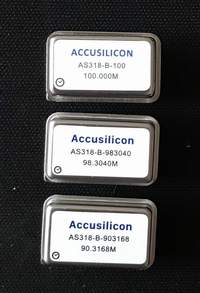
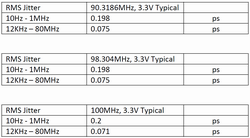
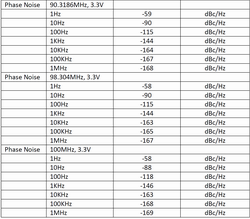
Click to download the
driver of
Amanero
combo 384
R-8HE (2021 version) feature:
1, USB and HDMI apply the separate
isolators and isolate PSUs for avoid the interrupt from computer
and HDMI sources. (New Feature)
2, USB apply the bidirectional isolator that
can transmit the IIS signal to the FPGA processor and receive the
clock signal from the FPGA processor, the USB interface without on
board data clocks, the signal transmit is much exact, the
sound quality get the much improve , better than the last
generative R-7HE combine with DI-20 (But not DI-20HE) level.
(New Feature)
3, HDMI input apply isolator for improve the
sound quality . (New Feature)
4, The FPGA process data in the parallel mode.
The IIS data is series transmit
mode, every data must need one clock cycle to process or transmit,
one frame data ( Include L and R data) must need 64 clock cycle to
process or transmit, so the data has effect by the 64 clock cycles.
But the parallel data process
and transmit mode only need one clock cycle can finish the one frame
data process
and transmit, that can avoid the effect of clock stability .
The IIS input (Include USB and HDMI-IIS) has recombine become dual
32bit parallel data once input , and the SPDIF input after decoder, has
recombine become dual 24bit parallel data, and the DSD input has
recombine become dual 64bit parallel data once input.
The parallel process and
transmit mode can improve the sound quality on the transparency and
detail but still analog.
5, Full new configuration clock
manage design built
in, improved on the clock timing.
6, DSD asynchronous clock technology
has apply that improves the sound quality obviously.
7, DOP support from SPDIF input .
The different between R-8HE and R-7HE:
The
R-8HE has apply the same regenerative power supply and R-2R
modules of R-7HE for guarantee the sound quality quite close to
the R-7HE , the sound has high define transparency, high dynamic and
clean detail but at the same time , the sounding still quite analog.
The R-8HE has apply some high
performance SMD parts (the transistors still apply foot pin parts )
and auto produce machines to build the board so can reduce the cost
and sell lower price , let more customers can afford the
regenerative power supply built in product, if the other devices in
the system have enough revealing, you can experience the huge
improve on sound quality because the regenerative power supply built
in .
About the
regenerative power supply built in product:
It is said the boss of a well known brand company that is built high
end audio products answer the question of why they don't build the
products with built in regenerative products? He said this will
increase the price to 3x times. And less customers can afford.
I am agree that . Based
on their price policy is relative to the sound quality, a good
regenerative power supply built in can boost the price to 3x times.
But our price policy is
relative to the parts cost, so even though we have apply the most
expensive full analog design regenerative power supply and larger
chassis and much lot parts, the price
just increase around 50% .
Pure analogous
Regenerative power supply :
The regenerative power supply like a
proprietary electric generator built in the unit.
It can block most
disturb from the power line , supply the ultra clean power supply for
the audio amps , reproduce the most neutral and analog sound
like audio signal for the system and the users.
In the
regenerative power supply design, the AC power through the
regenerative input transformer
, conversion to DC power ,through the class A PSUs power supply
for the regenerative wave generator and driver stages .
A balance regenerative regular wave
generator produce the ultra low distortion 50Hz wave ,through the
balance gain amps and the strong output stages ,
drive the regenerative transformers produce the clean AC power
supply feed to the separate class A PSUs power supply for the L and R
channel preamps .
The class A
parallel connection PSU has very high input impedance to avoid
disturb through the PSU from affecting the signal parts and low
output impedance with very fast speed and high linear, it
is a very clean power supply.
Audio-gd
on the regenerative power supply design points :
1, Through analyzed the AP SYS-2722 ,do a lot practises ,test and
listen , full analog design of the regular wave generator have much
lower distortion than the digital generator.
2, Digital drive stages have higher efficiency , but full analog
drive stages have much better analog sound like .
3, 400Hz regenerative wave have higher efficiency , 50Hz
regenerative wave had much far away the human ears sensitivity
area than the 400Hz, boost the sound have much better analog
sound like.

Pros and cons of R-2R
DAC :
Advantages:
1.R-2R will not convert the
clock signal into the output signal.
2. R-2R is not sensitive to
jitter while Delta-Sigma DA is much more sensitive to jitter.
3. The output signal is much
more precise compared to Delta-Sigma DA .
Weaknesses:
1.THD today is extremely good with
Sigma Delta chips; R2R ladders are good too but not as good.
2. Glitches and accuracy of the
ladder resistors are very difficult to avoid and require complex
technology to resolve it.
R-2R basic design in the
market:
The R-2R DAC
is very popular nowadays and available from DIY kits and completely
up to of the shelf high-end products.
In the low range DIY
market, the R-2R design is often based on old technology designed a
long time ago by MSB and only includes basic R2R ladder design and
do not include the wonderful correction design of the original MSB
technology. This design uses data shift registers logic chips in
series mode to convert the data to an analog signal. The structural
R2R technology issues cannot be avoided, and performance is solely
depending on the accuracy of the ladder resistors.
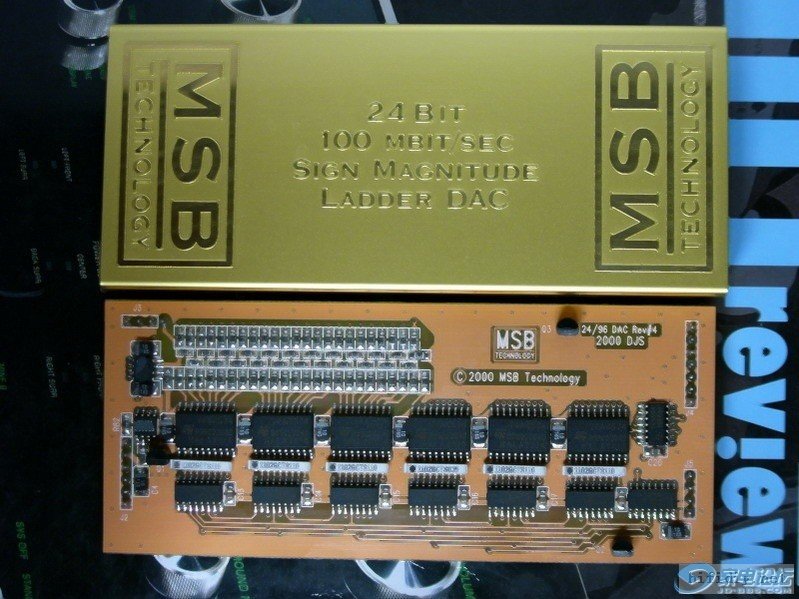
In the High-End of the shelf (finished products)
market, the R2R design is much more complex only to reach best
performance. A basic R2R ladder is simply not sufficient enough to
achieve good performance and sound quality! Some manufacturers are
using shift registers design. A less complex and less performing
design based on traditional logic chips working in serial mode to
correct the ladder.
A far better design switches
resistors in parallel mode. An ultra-fast FPGA controls and corrects
the R2R ladder. The parallel design mode controls every bit
respectively and therefore achieve unprecedented performance. (In
parallel mode only 1 clock cycle is needed to output all data;
serial design mode needs at minimum 8 up to 24 clock cycles) The
parallel design is much more complicated. Once designed properly it
can correct every bit of the ladder. Photo below shows a
design with such FPGA, can correct the unavoidable
imperfections of the R2R ladder caused by tolerance of resistors,
glitches to achieve best performance.
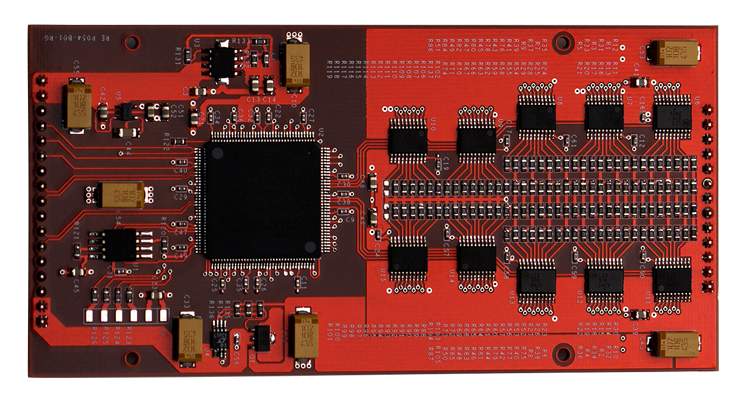
Accuracy of the ladder resistors
(tolerance):
Many people believe the tolerance of
the resistors in the ladder is most important to reach best
performance. Nowadays 24 bit resolution is standard. What tolerance
is needed to achieve 24 bit resolution?
When we look
at 16 bit the tolerance of 1/66536, 0.1% (1/1000) is far not enough,
even a tolerance of 0.01% (1/10000), the best tolerance available in
the world today, still cannot handle 16 bit request correctly; we
are not even calculating 24 bit here!
The tolerance of
the resistor will never solve Imperfections of a ladder. This would
require resistors with a tolerance of 0.00001% and can handle 24 bit
resolution. This is only in theory because the discreteness of the
switch logic chips have already too much internal impedance and will
destroy the impossible tolerance of a resistor.
The solution
is to correct the ladder and not only depend on the tolerance of
resistors. ItĪ”s a combination of both: Ultra-low tolerance resistors
controlled by a correction technology using very high speed FPGA are
applicable in in our design.
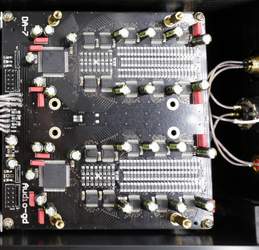
Importunacy of the FPGA/CPLD:
FPGA
stands for Programmable Array Logic.
Nowadays the FPGA is applied in a lot high end grade
DACs; like the popular ROCKNA WAVEDREAM DAC.
We have
applied the FPGA in our DAC products since 2008.
R-7HE has
built in 1 pc FPGA and 5 pc CPLD programmable chipsets to separate the
different configured circuits for avoid interrupt.
The internal hardware design is fully controlled by
complex software. A huge advantage is the fact the software in the
FPGA can easily be upgraded offering new features or improve the
performance. Such design is much flexible and future proof!
Ī@
FPGA/CPLD tasks :
1. The FPGA
high performance SPDIF interface, replacing
traditional SPDIF interface chips like DIR9001, WM8805 or AK411X wich
are lower in performance in comparison to FPGA.
2. Full re-clocking process with FIFO design applicable
on all inputs. This way the output data keeps fully synchronized
with the clock signal to reject any jitter.
3. Built in 2X, 4X and 8X oversampling and digital
filters and on top of this 4 different true NOS (only analog 6dB
filtering) modes. To completely configure it to your liking!
4. Built in the
especial design to simulate the TDA1541A + SAA7220 sound flavor.
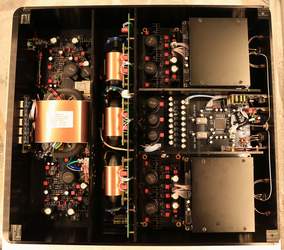
Fully discrete output stages
The
signal last stage is the analog output stages, they can much effect
the whole DAC sound quality.
After d/a conversion by
the R2R D/A modules the analogue signal is transported by fully
discrete matched-transistor output stages.
The high speed special ACSS output stages are non-feedback and
current driven design.
Special because almost
all other designs need to convert the signal multiple times from and
to current or voltage, resulting in less detail and less good
staging.
The output buffers are
single ended FET. Two stages in parallel to reach very low output
impedance. All output stages are in pure class A design without any
(negative) feedback to achieve purest and a real live sound
reproduction.
The 4 OPA opampĪ”s are
functioning as DC servo, this way no coupling-capacitors are needed
and DC output is automatically biased! Resulting in a perfectly
neutral sound.
There are no relays or
other switches in the signal path after DA modules to perform the
best and purest sound quality.
Heavy power supplies design:
Uses four R-core transformers (In total
255W ) and more than 60,000uf audio grade NOVER capacitors are used
to ensure ample and smooth power delivery.
6 groups discrete class A PSUs power supply for the regenerative
drivers and the analog audio signal parts. And there are 10 groups
ultra linear PSUs for power supply for the digital parts .
This results
in ultra-high speed and ultra-low noise performance. Clean and
independent power for all different parts to achieve highest
quality.
Finishing touch:
The R-8HE has completely separated power supplies .Digital, left and
right analog channel have their own dedicated transformer. The
signal
board and transformer compartment are separated by 5mm thick
aluminum plates for high isolation degree.
It improves the signal-to-noise ratio, isolate the harmonic
interference and reduce noise, which will make the sonic background
cleaner and blacker.
The Left and Right analog parts are placed symmetric beside the
digital board to keep the wires and distance identical to ensure
equal output performance on both channels .
The R2R DA modules are assembled between two aluminum boards to
avoid any RF interferences.
Ī@ |

